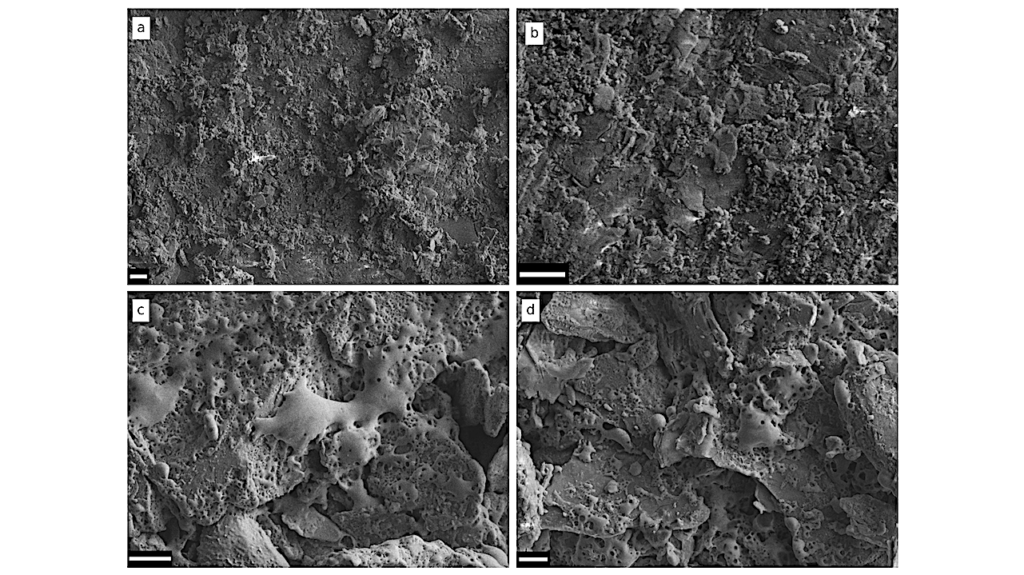Discovery of the Pure Polycyclic Aromatic Hydrocarbon Indene (c-C9H8) with GOTHAM Observations of TMC-1

Polycyclic Aromatic Hydrocarbons (PAHs) have long been invoked in the study of interstellar and protostellar sources, but the unambiguous identification of any individual PAH has proven elusive until very recently.
As a result, the formation mechanisms for this important class of molecules remain poorly constrained. Here we report the first interstellar detection of a pure hydrocarbon PAH, indene (C9H8), as part of the GBT Observations of TMC-1: Hunting for Aromatic Molecules (GOTHAM) survey. This detection provides a new avenue for chemical inquiry, complementing the existing detections of CN-functionalized aromatic molecules.
From fitting the GOTHAM observations, indene is found to be the most abundant organic ring detected in TMC-1 to date. And from astrochemical modeling with NAUTILUS, the observed abundance is greater than the model’s prediction by several orders of magnitude suggesting that current formation pathways in astrochemical models are incomplete. The detection of indene in relatively high abundance implies related species such as cyanoindene, cyclopentadiene, toluene, and styrene may be detectable in dark clouds.
Andrew M. Burkhardt, Kin Long Kelvin Lee, P. Bryan Changala, Christopher N. Shingledecker, Ilsa R. Cooke, Ryan A. Loomis, Hongji Wei, Steven B. Charnley, Eric Herbst, Michael C. McCarthy, Brett A. McGuire
Comments: 18 pages, 2 figures and 3 tables in the main text. 1 table and 1 figure in the Appendix. Accepted for publication in The Astrophysical Journal Letters. Supplementary data available in the DataVerse entry provided in text
Subjects: Astrophysics of Galaxies (astro-ph.GA)
Cite as: arXiv:2104.15117 [astro-ph.GA] (or arXiv:2104.15117v1 [astro-ph.GA] for this version)
Submission history
From: Andrew Burkhardt
[v1] Fri, 30 Apr 2021 16:57:51 UTC (15,753 KB)
https://arxiv.org/abs/2104.15117
Astrobiology, Astrochemistry,








